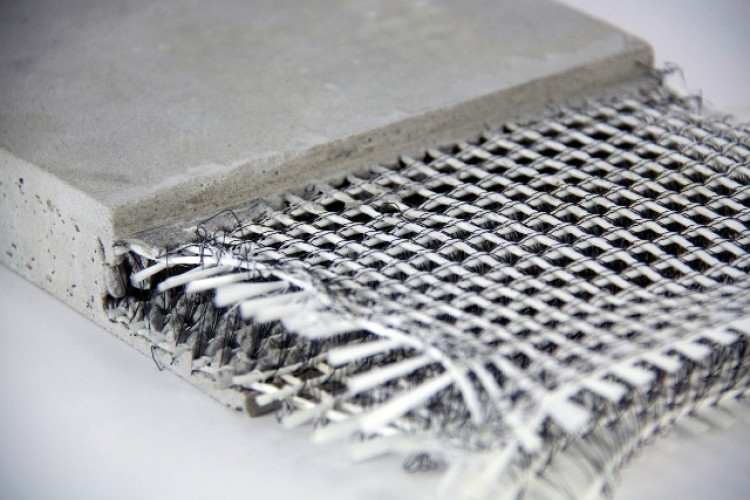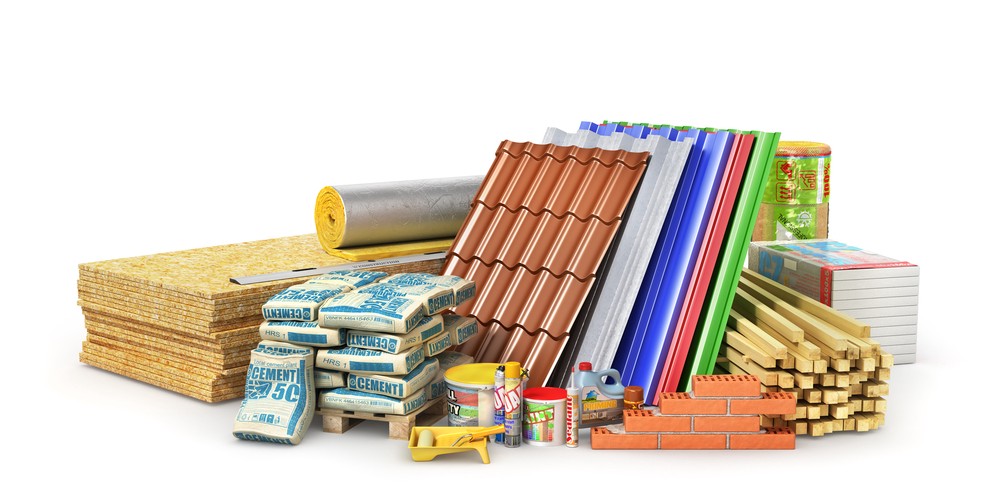Composites: Strong and Resistant Construction Materials
Composites: Strong and Resistant Construction Materials
Blog Article
Unlocking the Ecological Benefits of Recycled Composites in Building and Layout
In the realm of building and construction and style, the usage of recycled compounds holds significant pledge for boosting sustainability practices and minimizing ecological impact (composites). By integrating these cutting-edge materials, there is a prospective to attend to crucial problems such as waste reduction, power conservation, and a reduction in carbon impact. The change towards a more sustainable future in these markets pivots on opening the complete capacity of recycled composites. This conversation will certainly explore the multifaceted benefits and difficulties related to incorporating recycled compounds right into construction and design, using a glance right into the transformative opportunities that exist in advance.

Environmental Influence Reduction
The reduction of environmental influence with using recycled composites in building and construction and design plays an essential duty in sustainable methods. By incorporating recycled composites into structure materials, the construction industry can substantially decrease its carbon footprint and add to a much more eco-friendly future. These lasting products, made from repurposed plastics, wood fibers, or other recycled aspects, use a viable choice to standard construction materials without compromising on quality or longevity.
Recycled composites aid draw away waste from land fills and lower the requirement for extracting basic materials, hence preserving all-natural sources. Additionally, the production procedure of these composites frequently consumes less power and releases less greenhouse gases contrasted to producing virgin materials (composites). This shift towards utilizing recycled composites not only reduces environmental injury yet also advertises a round economy by encouraging the reuse of products that would certainly or else be discarded
Waste Minimization
With an emphasis on reducing waste in building and style, the integration of recycled compounds offers a lasting service to lower environmental effect. Waste minimization is a vital element of lasting methods, and using recycled compounds provides a chance to attain this objective successfully. By making use of products that have actually already served their first purpose, such as recycled plastics or recovered wood fibers, the construction and style industries can considerably minimize the amount of waste generated and sent to garbage dumps.
Recycled compounds have the possible to draw away substantial amounts of waste from standard disposal techniques, adding to an extra round economy where resources are utilized efficiently. Additionally, the manufacturing process of recycled composites typically takes in less energy and creates fewer emissions compared to virgin products, better lowering the environmental impact of building and style jobs.
Applying waste minimization techniques with the consolidation of recycled compounds not just assists that site in saving natural resources but additionally advertises an extra lasting method to building and designing for a greener future.
Power Preservation
Incorporating recycled composites not only decreases waste in building and layout but additionally plays an essential duty in enhancing power conservation practices within the industry. The use of recycled compounds in building can substantially add to energy preservation via various means. By advertising the usage of recycled composites in building and design, the sector can make considerable strides towards achieving power effectiveness and lowering its carbon footprint, inevitably adding to a more lasting developed environment.
Carbon Impact Reduction
Enhancing sustainability techniques via the application of recycled compounds in construction and design significantly lowers the carbon footprint of the market. By incorporating recycled materials into the manufacturing of compounds, the requirement for virgin resources lowers, resulting in lower energy intake and greenhouse gas exhausts related to typical production processes. This reduction in carbon footprint is important in combating climate adjustment and promoting a much more eco friendly strategy to construction and design.
The carbon footprint reduction attained with the adoption of recycled composites straightens with the international press towards lasting techniques and the reduction of industrial exhausts. Ultimately, by prioritizing the integration of recycled compounds, the industry can make significant strides see it here in reducing its carbon impact and adding to an extra sustainable future.
Sustainable Future
The assimilation of recycled compounds in building and construction and style not only addresses instant ecological concerns yet also lays a strong foundation for a sustainable future in the market. By incorporating recycled compounds into structure products and products, the building and design fields can considerably minimize their dependence on virgin resources, resulting in an extra round economic situation. This change towards sustainability is crucial for minimizing the environmental effect of conventional building and construction methods, which often result in high levels of waste generation and resource deficiency.

Final Thought
To conclude, recycled composites provide significant environmental benefits in building and construction and style by lowering environmental visit here impact, decreasing waste, preserving power, decreasing carbon impact, and advertising a sustainable future. Accepting using recycled composites can add to a more environmentally-friendly approach to building and layout, ultimately leading to a much more lasting and greener future for all.
The decrease of ecological influence through the use of recycled compounds in construction and design plays a vital role in sustainable practices.With a focus on reducing waste in building and design, the assimilation of recycled compounds offers a sustainable remedy to minimize environmental effect. By promoting the use of recycled compounds in building and style, the sector can make considerable strides towards accomplishing power performance and lowering its carbon impact, ultimately adding to a much more lasting constructed setting.

Report this page